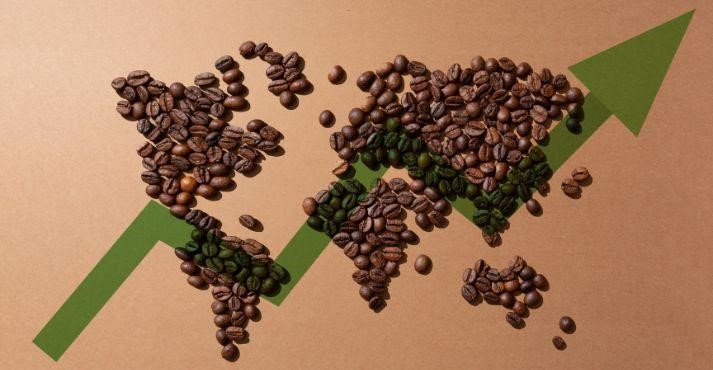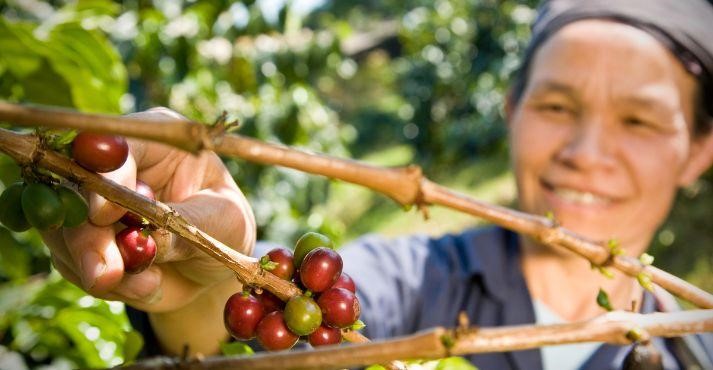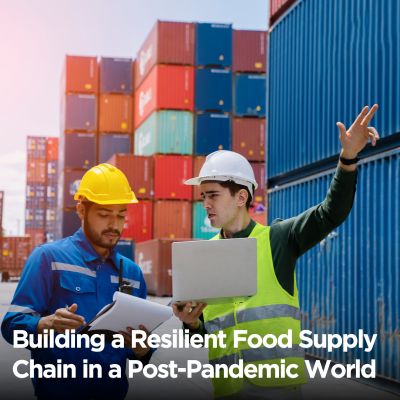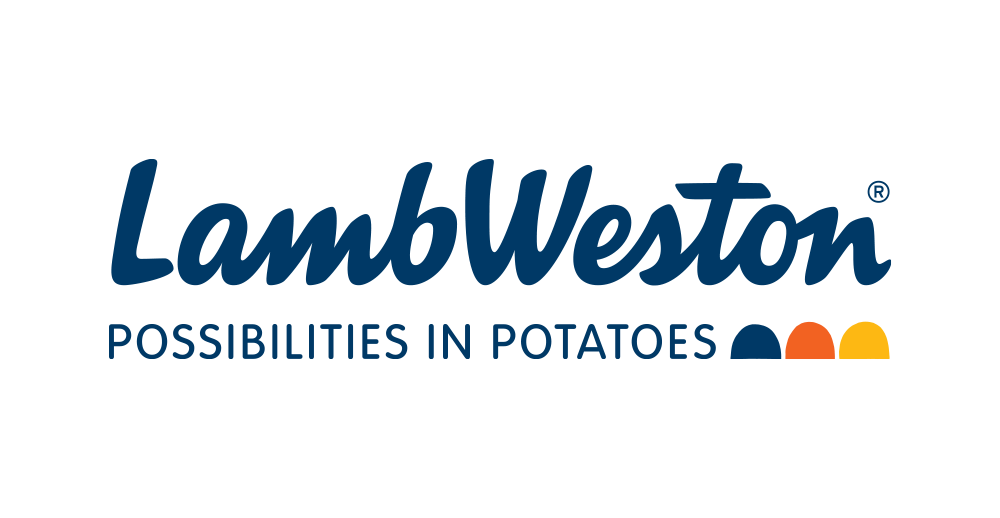Over 2.25 billion cups of coffee are consumed worldwide every day! Coffee is not just a popular beverage but a significant industry driving economic growth and shaping social cultures globally.
The coffee industry has a rich history, dating back to its discovery in Ethiopia. From its early days of cultivation, coffee has evolved into a global commodity, with over 70 countries producing and exporting coffee beans.
The journey of coffee from farms to cups involves millions of people, from farmers and traders to baristas and consumers. This coffee industry analysis will explore the critical aspects of the coffee market, including production, market dynamics, and future opportunities.
Market Overview

The coffee market is a thriving and expansive industry that plays a crucial role in the global economy. It incorporates a wide array of products, ranging from whole-bean coffee to instant coffee and coffee pods, as per the latest beverage trends.
The market’s value and consumption have been steadily increasing, driven by both traditional coffee-drinking regions and emerging markets. Here, we present a comprehensive overview of the global coffee market, highlighting its size, consumption volume, and geographic distribution.
Global Coffee Market Size and Value
The global coffee market is a vast and dynamic sector. In 2024, the market size is expected to reach USD 132.13 billion, growing at a CAGR of 4.72% to reach USD 166.39 billion by 2029. This impressive growth highlights the increasing demand and consumption of coffee worldwide.
Consumption Volume
Coffee consumption continues to rise globally, with approximately 2.5 billion cups consumed daily.
This translates to over 400 billion cups annually, indicating a steady increase in coffee’s popularity across different regions. Both traditional coffee-drinking countries and emerging markets drive the rise in consumption.
Geographic Distribution
- North America: The United States is a significant coffee consumer, with Americans drinking over 400 million cups of coffee per day. The U.S. coffee market is valued at over USD 81 billion
- Europe: Europe is the largest coffee market, accounting for a significant share of global consumption. Countries like Germany, Italy, and France are the region’s leading consumers.
- Asia-Pacific: The Asia-Pacific region is experiencing rapid growth in coffee consumption, particularly in countries like China, Japan, and India. Japan is the fifth-largest importer of coffee, and China’s coffee market is expanding swiftly.
- South America: South America is a major producer and growing consumer of coffee. Brazil, the largest coffee producer, also has a robust domestic market.
- Middle East & Africa: These regions are emerging markets with increasing coffee consumption, driven by urbanization and the growing popularity of coffee culture.
The coffee industry is marked by its diverse and widespread geographic distribution, with each region contributing to the overall growth and dynamics of the market.
Exploring the Coffee Supply Chain

The journey of coffee from farms to our cups involves a complex and complex supply chain. Understanding this process helps us appreciate the effort and expertise required to produce the perfect cup of coffee.
Here, we explore the coffee supply chain’s critical stages and major coffee-producing regions’ geographical landscape.
From Farm to Cup
The coffee supply chain consists of several critical stages:
1. Cultivation and Harvesting
- Coffee beans are cultivated primarily in tropical regions. Coffee producers follow specific practices to ensure the best quality beans.
- Harvesting can be done by hand or mechanically, depending on the region and the type of coffee plant.
2. Processing Methods
After harvesting, beans undergo processing to remove the outer pulp. Common methods include:
- Washed: Beans are fermented to remove the pulp, producing a clean and bright flavor.
- Natural: Beans are dried with intact pulp, imparting a fruity and complex flavor.
3. Export, Import, and Global Trade Routes
- Processed beans are exported from coffee producers to various countries. Brazil, Vietnam, and Colombia are leading exporters.
- Importers then distribute the beans to roasters and retailers worldwide.
4. Roasting Techniques
Roasting is a crucial step that significantly influences the final taste of coffee. Techniques vary from light to dark roasts, bringing out different flavor profiles.
Geographical Landscape
Major coffee-producing regions contribute uniquely to the global coffee market, each known for specific bean varieties and characteristics:
Latin America
- Countries: Brazil, Colombia, Mexico
- Varieties: Predominantly, Arabica beans are known for their smooth, mild flavors.
Africa
- Countries: Ethiopia, Kenya, Tanzania
- Varieties: It is known for vibrant, fruity flavors with bright acidity, often from Arabica and Robusta beans.
Asia
- Countries: Vietnam, Indonesia, India
- Varieties: Both Arabica and Robusta, with Robusta being more prevalent. Due to their strong, bold flavors, these beans are often used in blends and instant coffee.
These regions’ contributions are essential in shaping the diversity and richness of the coffee market. Their unique climates and cultivation practices produce various flavors and qualities that coffee lovers worldwide enjoy.
Understanding Coffee Market Dynamics
Coffee’s market share is influenced by various dynamic factors that shape its growth and development. Understanding these dynamics helps one understand the industry’s complexities and the different ways coffee is consumed and enjoyed globally.
Here, we explore the segmentation of the coffee market to highlight the diverse preferences and trends that drive this industry.
Market Segmentation
The coffee market can be segmented based on several key factors:
1. Coffee Bean Type
- Arabica: Known for its smooth and mild flavor, Arabica beans comprise about 60% of the global coffee They are generally grown at higher altitudes and are favored for specialty coffee.
- Robusta: Robust and intense flavor. Robusta beans are more resilient and have higher caffeine content. They account for approximately 40% of the market and are often used in espresso blends and instant coffee.
2. Roast Level
- Light Roast: This roast retains most of the bean’s original flavors, resulting in a more acidic and fruity profile.
- Dark Roast: Has a bold and smoky flavor, with less acidity and more bitterness. The roasting process caramelizes the sugars, giving them a deep taste.
3. Brewing Methods
- Drip Coffee: Popular in North America and Europe, this method involves brewing coffee by dripping hot water over ground coffee beans.
- Espresso: Originating in Italy, espresso is a concentrated coffee made by forcing hot water through finely-ground coffee.
- Cold Brew: Made by steeping coffee grounds in cold water for an extended period, resulting in a smooth and less acidic flavor.
4. Consumption Patterns
- Home Consumption: Many people enjoy making coffee at home using various brewing methods, such as drip coffee makers, French presses, and espresso machines.
- Cafes: Coffee shops and cafes are popular venues for socializing and enjoying professionally brewed coffee.
- On-the-Go: The rise of coffee-to-go culture has led to the proliferation of disposable coffee cups and portable brewing devices, catering to busy lifestyles.
Consumer Trends and Preferences
Emerging trends are shaping the coffee industry and influencing consumer preferences:
1. Specialty Coffee and Single-Origin Beans
- There is a growing appreciation for specialty coffee, known for its high quality and unique flavor profiles.
- Single-origin beans are gaining popularity as consumers seek to experience the distinct tastes of coffee from specific regions.
2. Sustainability and Fair Trade Practices
- Concerns about sustainability lead consumers to choose coffee brands that prioritize environmentally friendly practices.
- Fairtrade coffee, which ensures fair wages and working conditions for farmers, is increasingly sought after.
3. Convenient and Ready-to-Drink Coffee Options
- The demand for convenience has led to a rise in ready-to-drink (RTD) coffee products, such as bottled cold brews and coffee cans.
- These options cater to busy lifestyles and provide an easy way to enjoy coffee on the go.
4. Online Coffee Subscriptions and E-Commerce
- The rise of e-commerce has transformed how people buy coffee. Online platforms offer a wide range of coffee products, from beans to brewing equipment.
- Coffee subscriptions allow consumers to receive their favorite coffee regularly, often with the added benefit of discovering new blends and roasts.
The Economic Impact of Coffee

The coffee industry is a beloved part of daily life for millions and a significant economic powerhouse. It supports millions of jobs, drives national economies, and contributes substantially to global trade. Understanding its economic impact reveals the actual value of this essential commodity.
Job Creation and Livelihoods
The coffee industry plays a crucial role in job creation, especially in developing countries where coffee cultivation is a primary source of income. Millions of smallholder farmers depend on coffee farming for their livelihoods, with entire communities sustained by this crop.
In countries like Ethiopia, Brazil, and Vietnam, coffee farming provides employment to large segments of the rural population and ensures food security and economic stability for countless families.
The industry’s extensive supply chain also creates numerous jobs in the processing, transportation, and retail sectors, further amplifying its economic significance.
Economic Contribution
The coffee market’s economic impact is multifaceted, influencing national, local, and global economies. At the national level, coffee exports are a significant revenue source for many coffee-producing countries.
These exports bring in foreign exchange and contribute to national budgets through taxation. Locally, coffee farming is often the backbone of rural economies, supporting various community services and infrastructure developments.
The coffee industry is a major player in international trade and one of the most traded commodities worldwide. Its contribution to global GDP is substantial, reflecting its importance in the broader economic landscape.
Challenges and Opportunities
Despite its economic importance, the coffee industry faces several challenges. Price volatility is a significant issue, with fluctuating coffee prices impacting the stability of farmers’ incomes.
Climate change severely threatens coffee production, as changing weather patterns can lead to reduced yields and lower-quality beans.
Labor exploitation is another critical concern, with many coffee workers subjected to poor working conditions and low wages. However, these challenges also present opportunities for growth and improvement.
Implementing sustainable farming practices can mitigate the effects of climate change, while fair trade initiatives can ensure better wages and working conditions for coffee workers.
Additionally, coffee cultivation and processing innovations can help stabilize prices and improve product quality, securing the future of the coffee market.
Conclusion
The coffee industry analysis reveals coffee’s immense impact on the global economy and daily life. From its origins in Ethiopia to its status as one of the most traded commodities worldwide, coffee has become a vital economic driver.
The global coffee market supports millions of jobs, particularly in developing countries, and contributes significantly to national and local economies.
Despite facing challenges like price volatility and climate change, the industry continues to evolve, driven by trends such as specialty coffee, sustainability, and online commerce.
As the coffee market grows, it offers opportunities for innovation and improvement, ensuring that coffee remains a cherished part of our lives.
By understanding the complexities of the coffee industry, we can appreciate the efforts behind every cup and support practices that sustain its future.





























